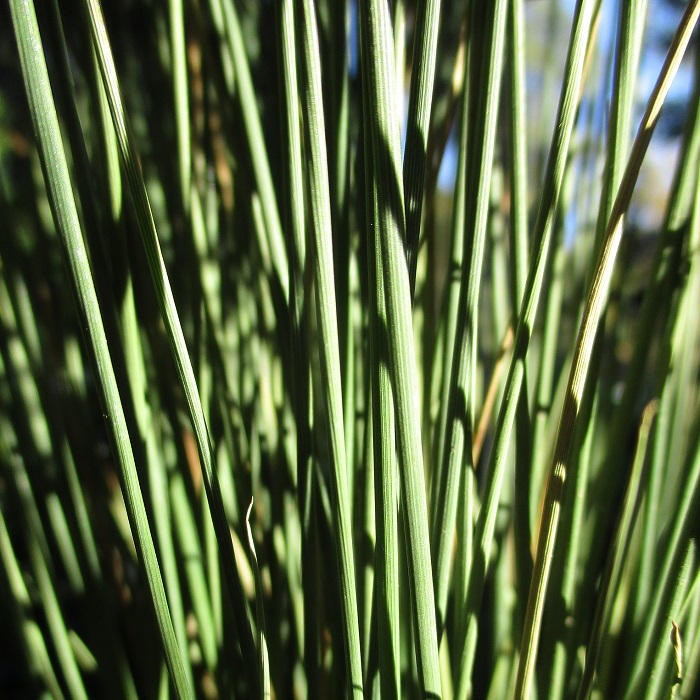UNITED STATES—Autumn is a time for planting partly because it is when many plants are beginning their winter dormancy. They are, or will soon be, less active than they would be at any other time of year. Some may not start to grow again until after winter ends. Others will want to secretly disperse their roots through the rainy winter weather, while merely appearing to be dormant from above the soil level.
That is why autumn is also the best time for division of many types of perennials. Such perennials should be adequately dormant to not be bothered by the process of getting dug and divided into smaller parts, then replanted. They actually prefer to get it done sooner than later, so that they can slowly disperse their roots through cool and rainy winter weather, and be ready to grow in spring.
Divisions is often done to renovate bulky perennials that have become overgrown, shabby, or too crowded with their own growth to bloom well. Some of the more vigorous perennials may benefit from division for renovation every several years or so. Many complaisant perennials may never benefit from division. Of these, some might be divided merely for propagation of more of the same.
Japanese anemone, bergenia and other perennials that bloom in autumn and winter should get divided later, after bloom. Like perennials that get divided now, they tend to recover and efficiently disperse roots before spring. However, they may need to be watered a bit more than typical if the weather gets warm and dry early next year. Their schedules do not coincide with local climates.
Lily-of-the-Nile, African iris and New Zealand flax can be divided into individual shoots, even if a few shoots get planted together in clumps. Entire plants do not need to be dug if it would be easier to merely pluck a few outer shoots from the perimeters of congested parent plants. Black-eyed Susan and Shasta daisy can be divided into clumps of several dormant basal rhizomes and roots.
‘Pups’, or sideshoots, of agaves and some types of yuccas can be carefully pried from their parent plants without disturbing them.
Highlight: rush
Not to be confused with the Canadian rock band from the 1970s, this rush, Juncus patens, is native to riparian areas between western Washington and San Diego County. It is also known as the common rush because it is, obviously, the most common species of the genus on the West Coast. It is only occasionally planted intentionally, but more often sneaks into well irrigated landscapes.
Those planted intentionally are mostly cultivars with slightly bluish or grayish foliage, such as ‘Elk Blue,’ ‘Occidental Blue’ and ‘Carmen’s Grey.’ Those in the wild, or that sneak into landscapes from the wild, are dark green like avocado skin. The upright foliage is really very slender stems that look more like leaves than the vestigial leaves do. It forms dense clumps about one to three feet tall.
Although it is a riparian plant that survives soil saturation and inadequate drainage through winter, rush can survive as soil drains and dries somewhat through summer. It prefers somewhat regular watering in landscapes and home gardens. If cut back to the ground at the end of winter, and perhaps divided, fresh new growth regenerates through spring. Growth is sparse and floppy in shade.
Horticulturist Tony Tomeo can be contacted at tonytomeo.com.






